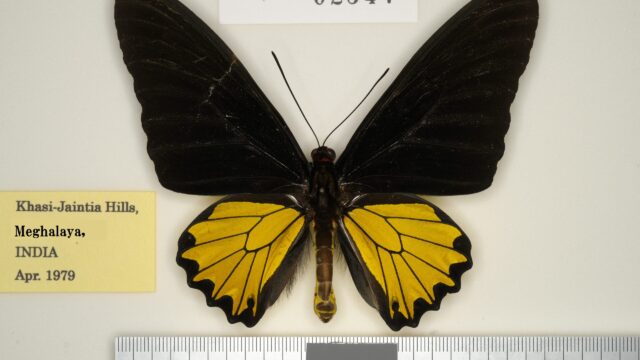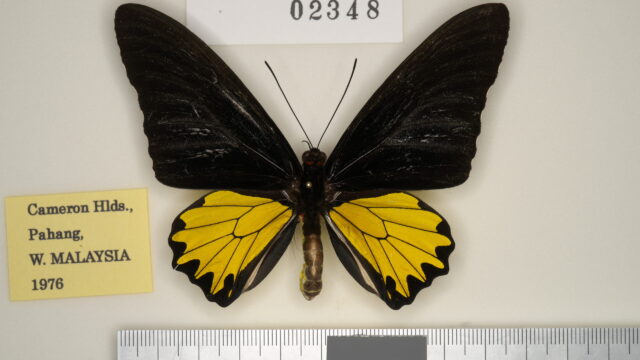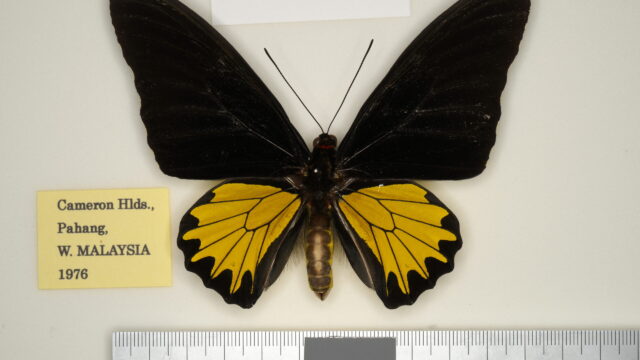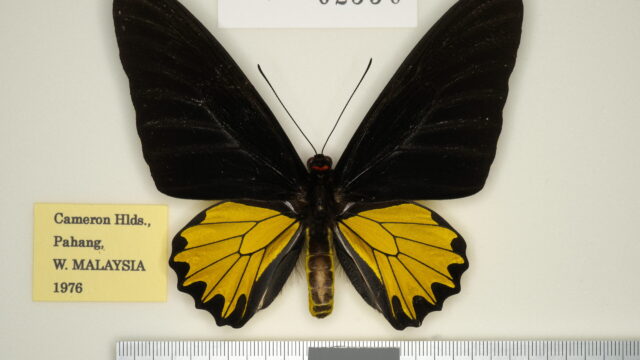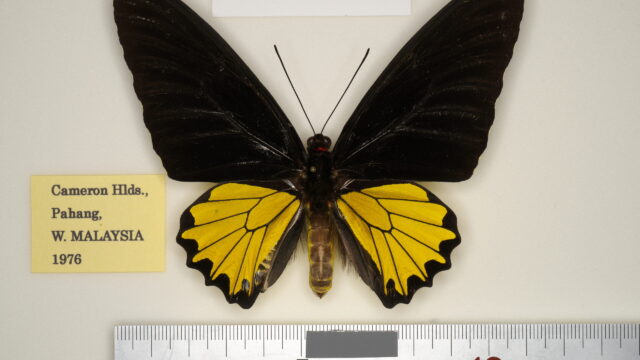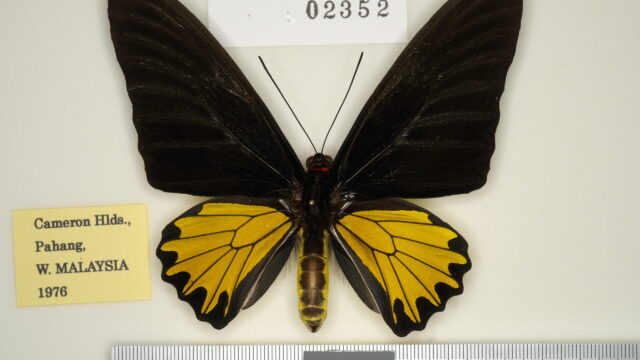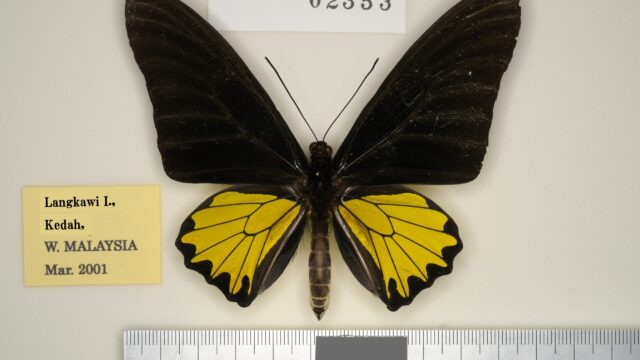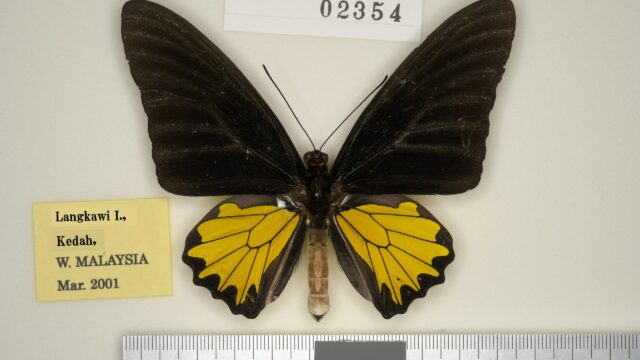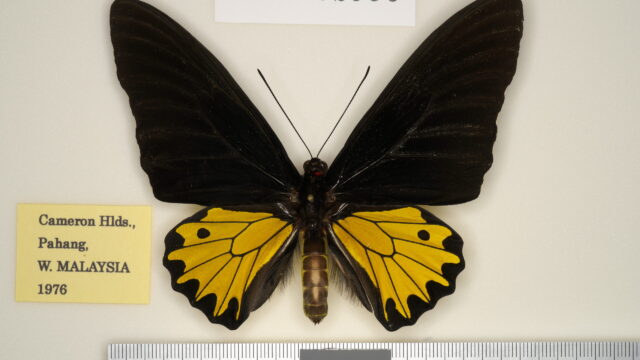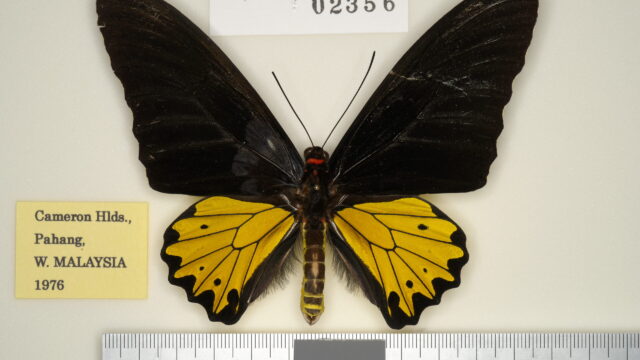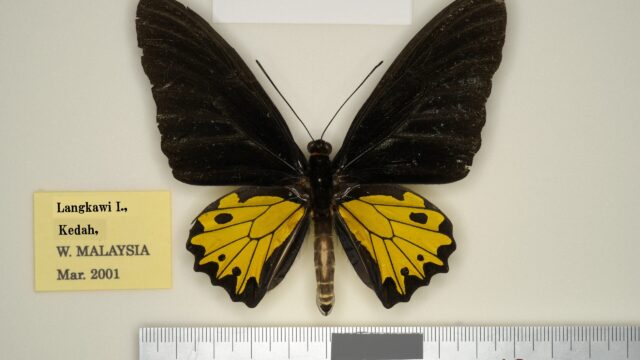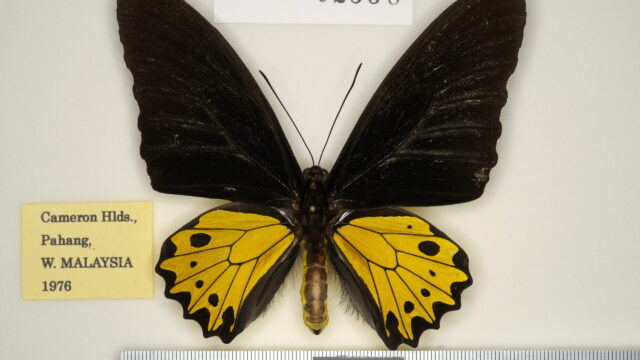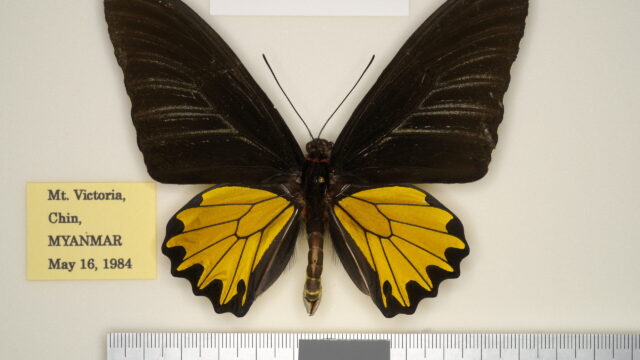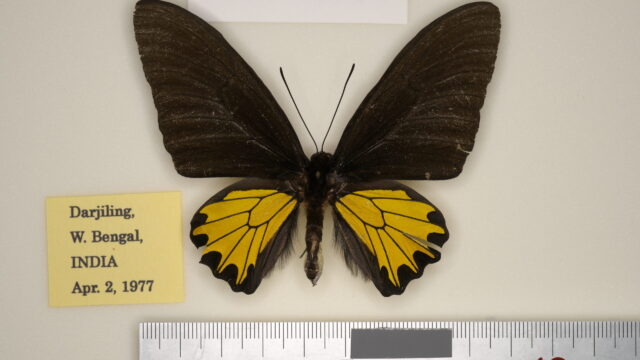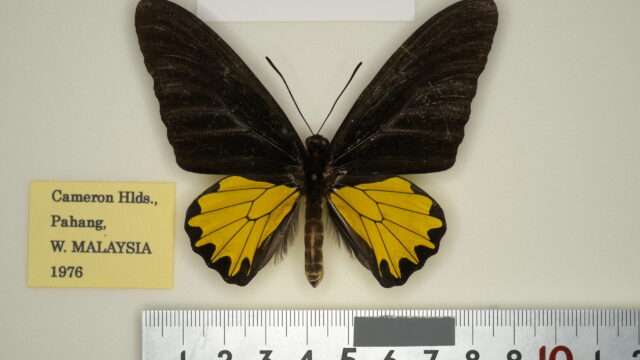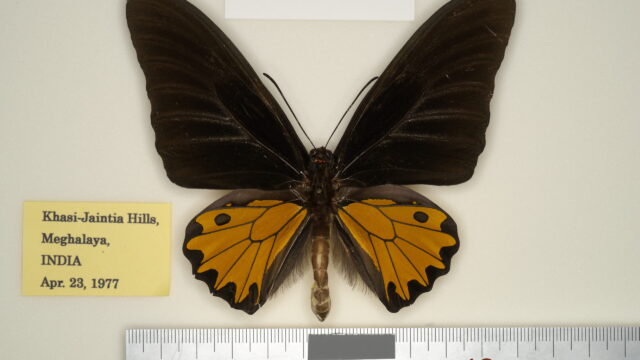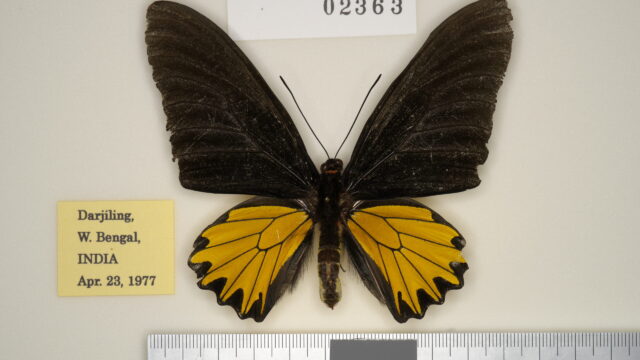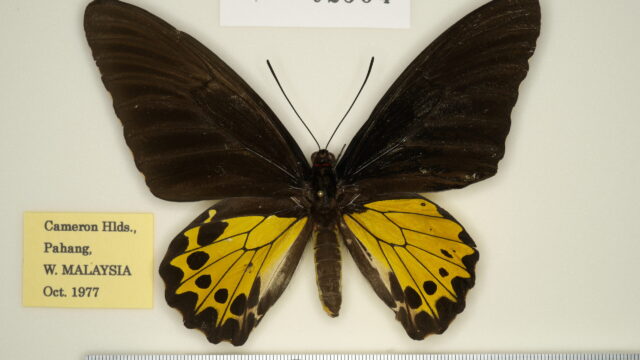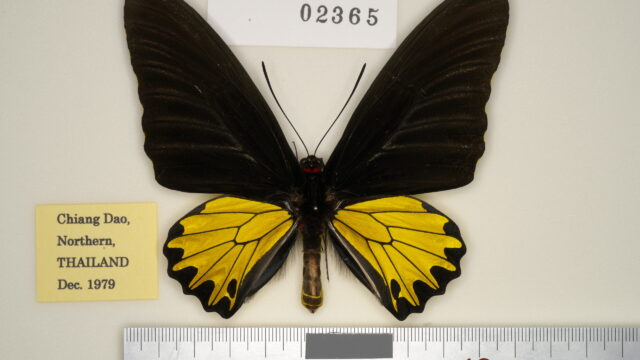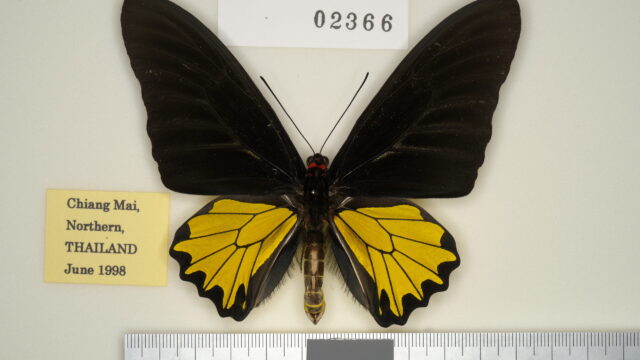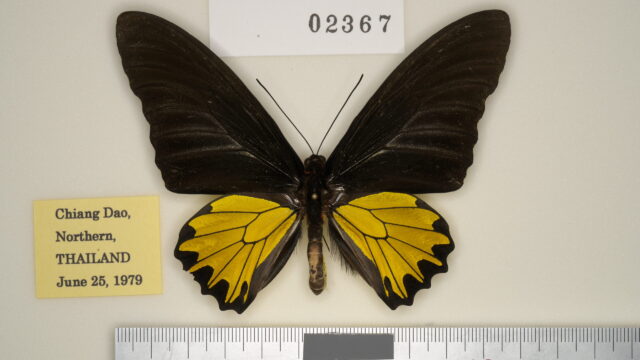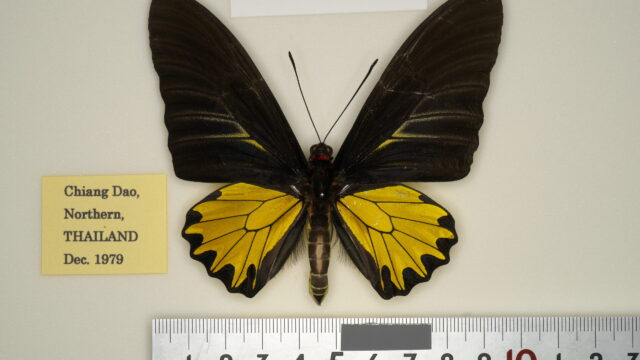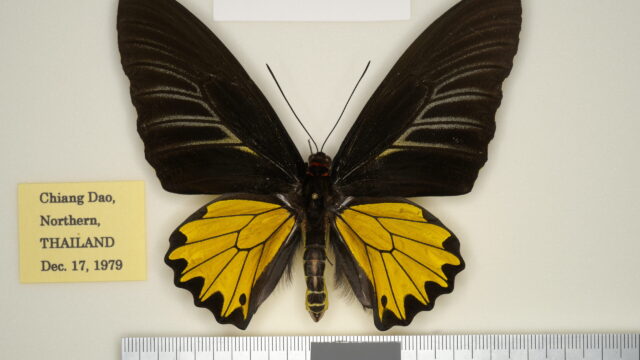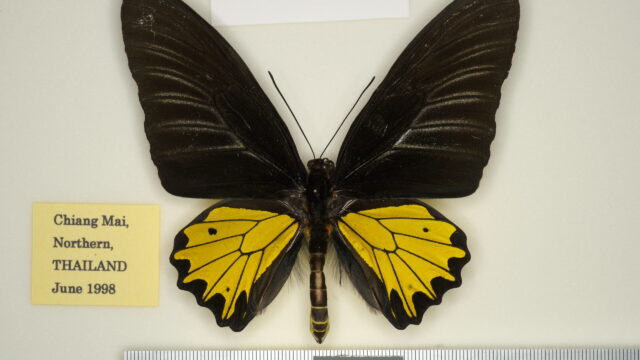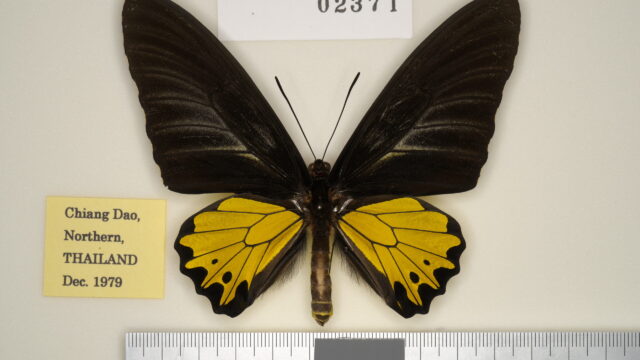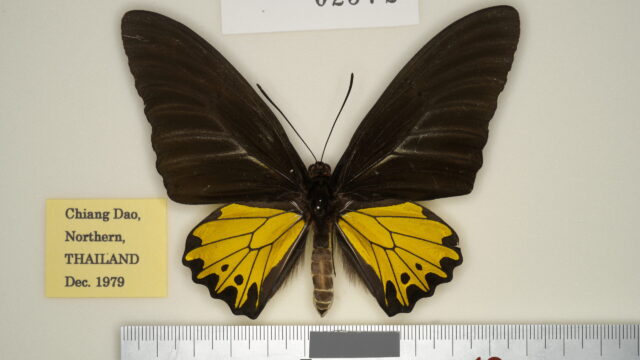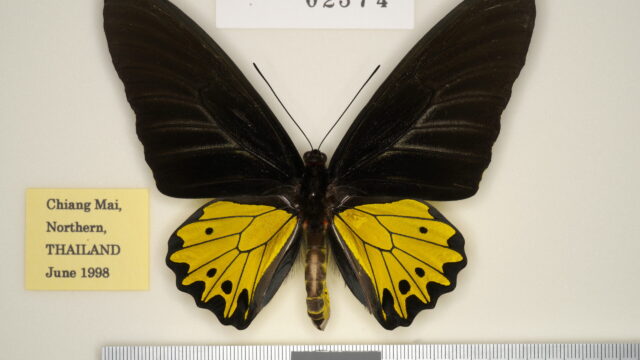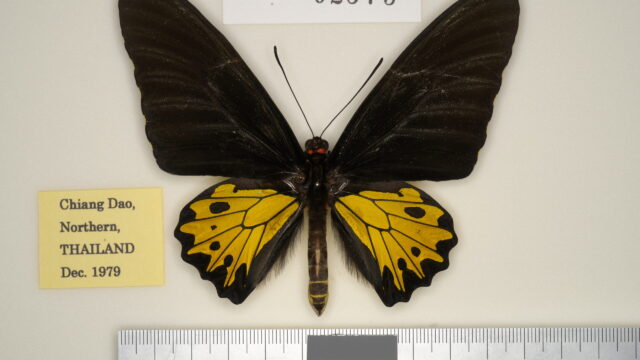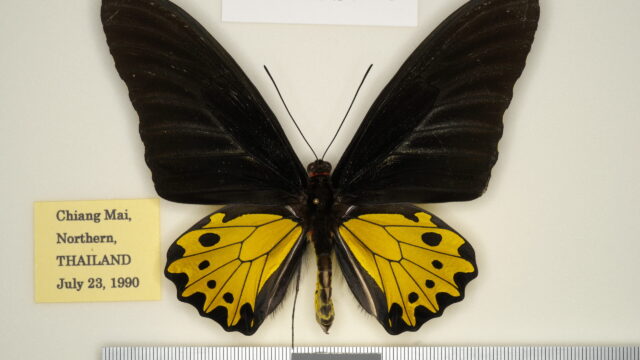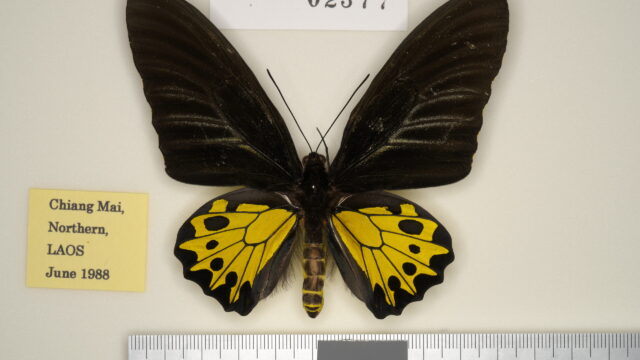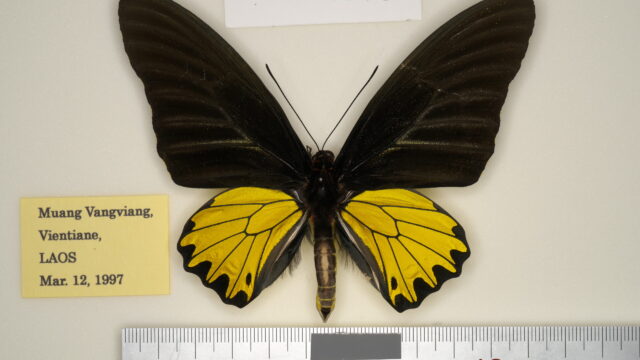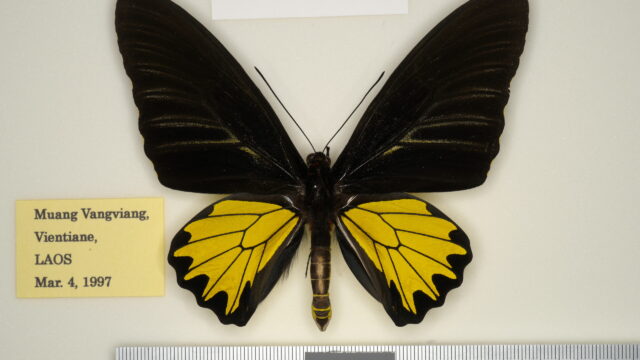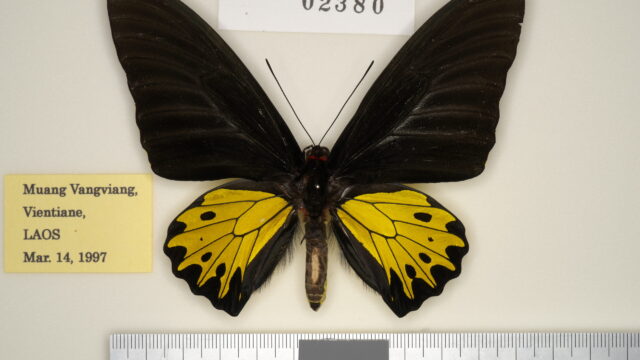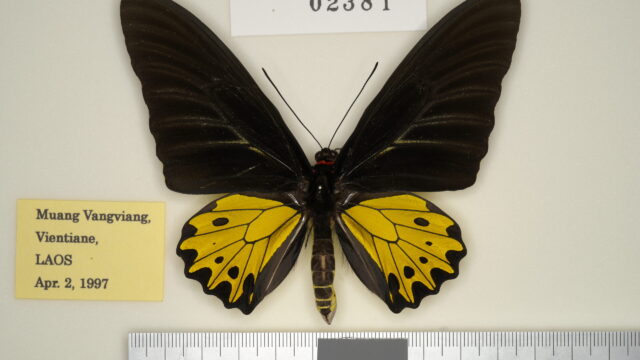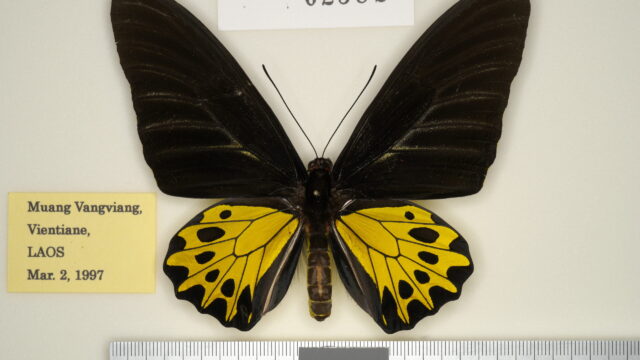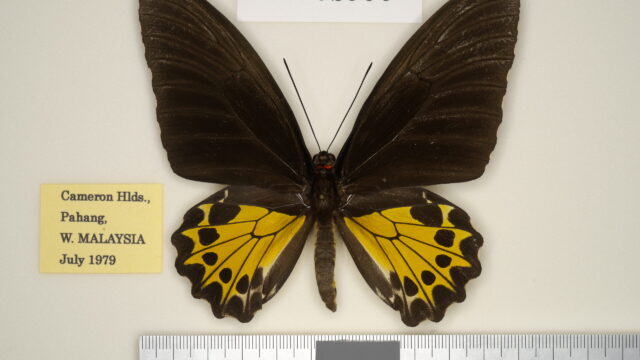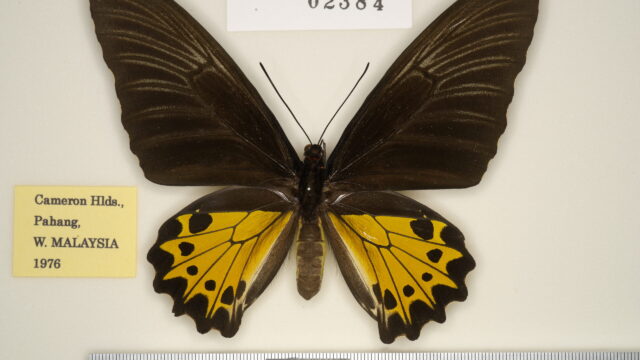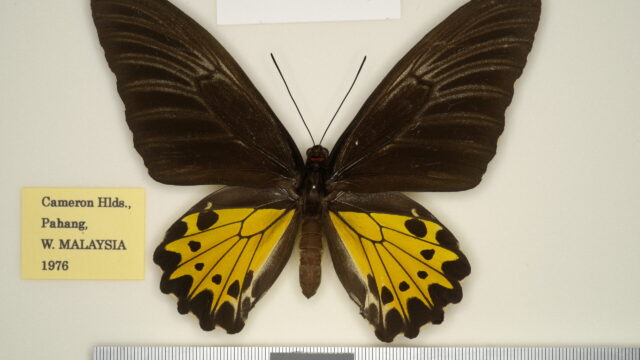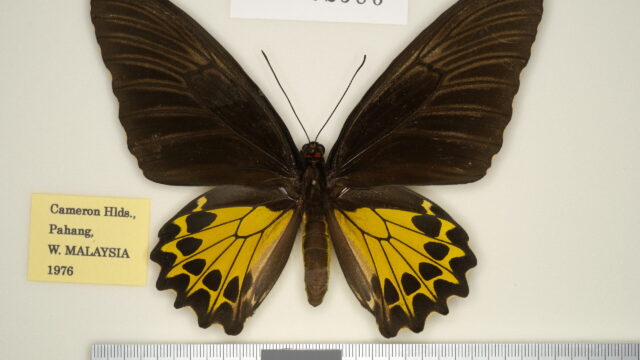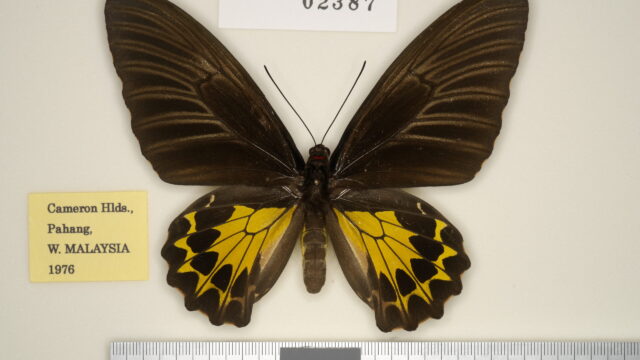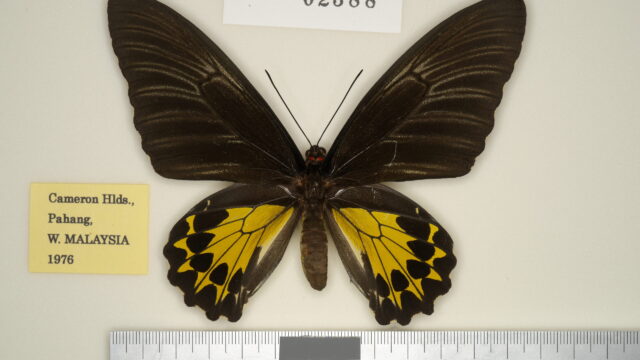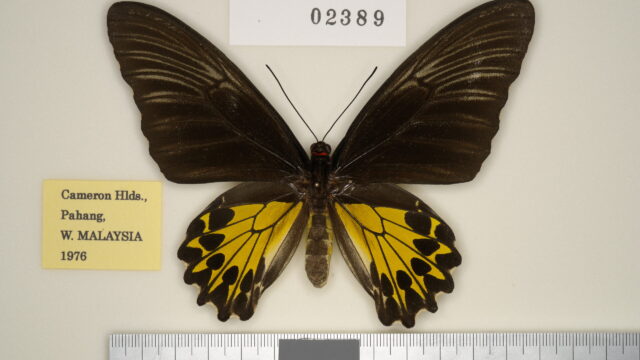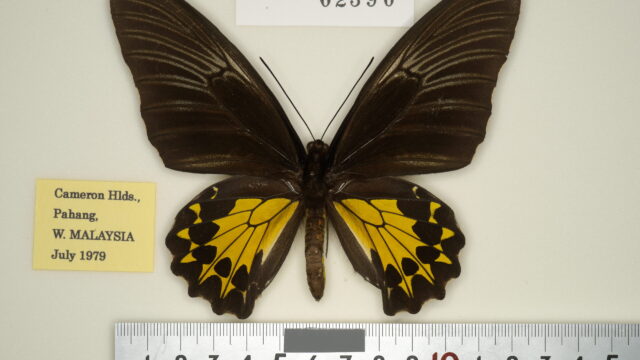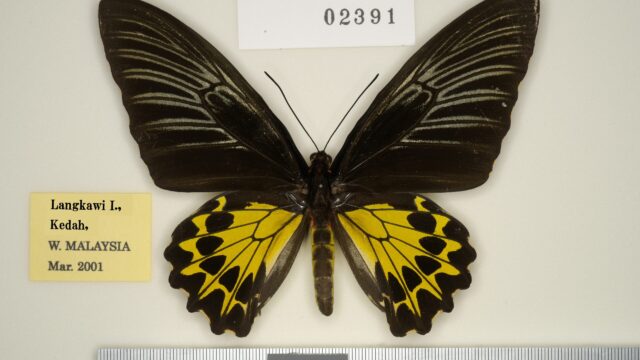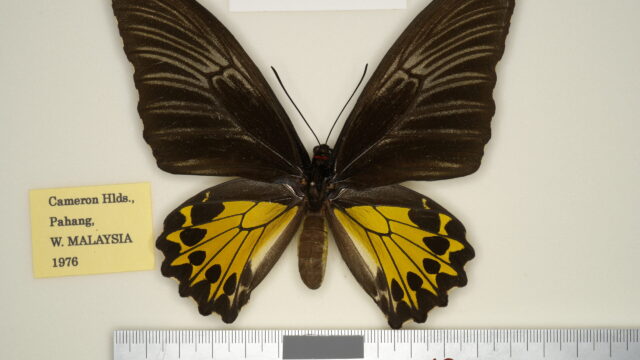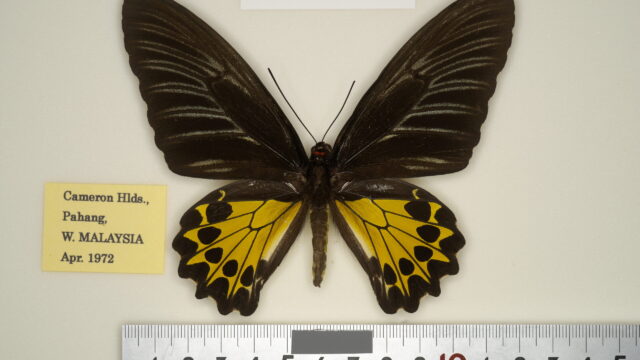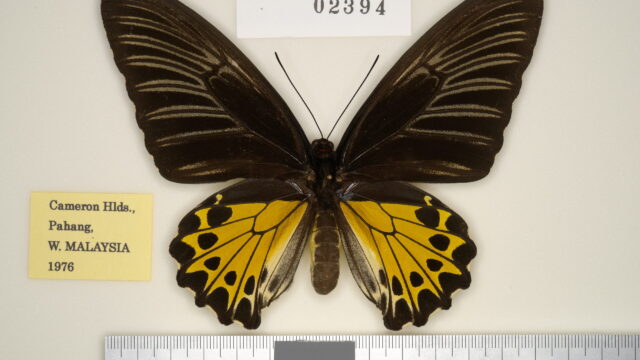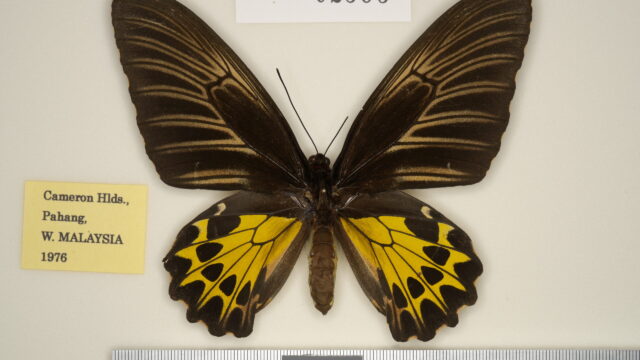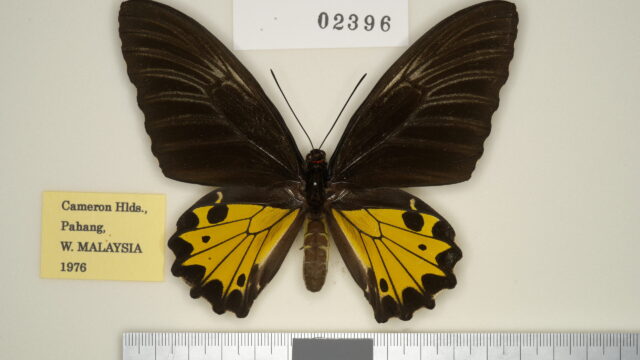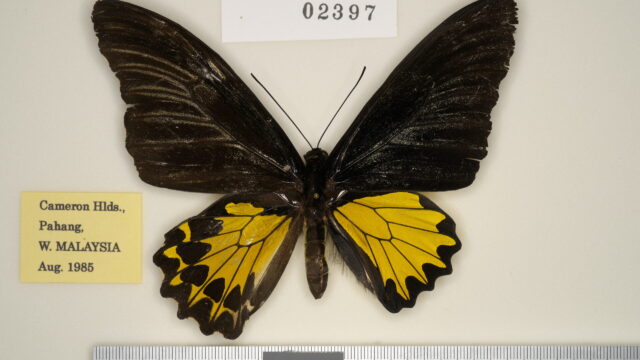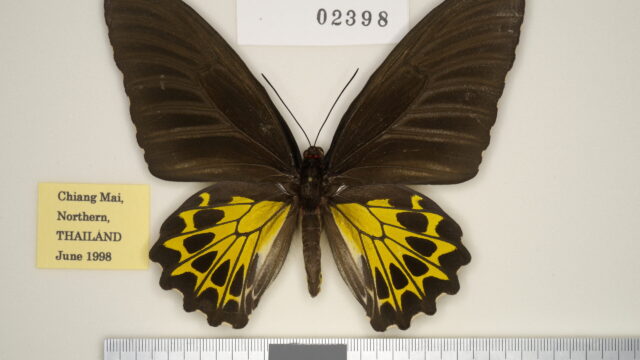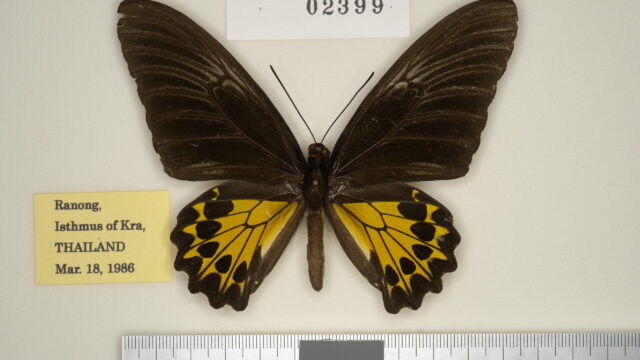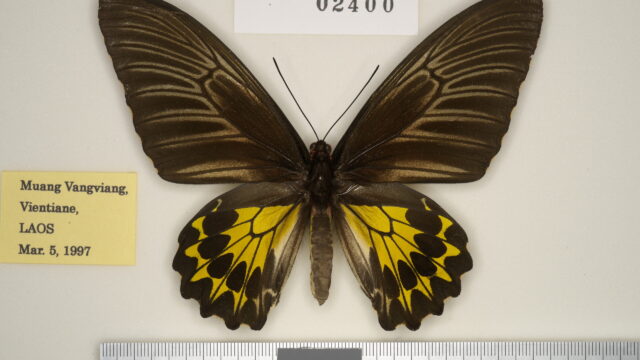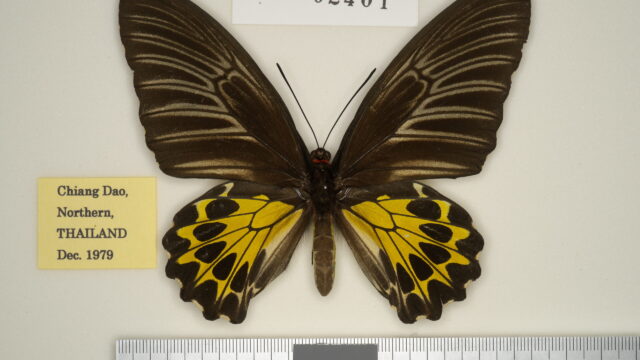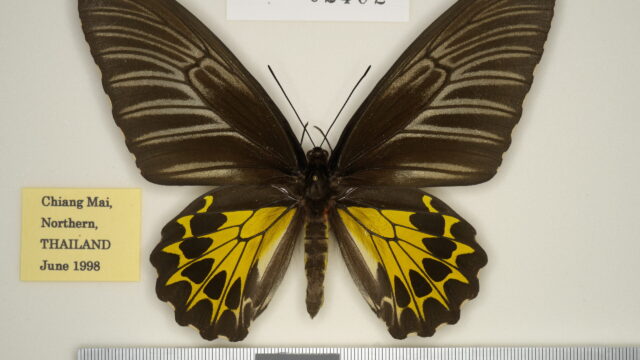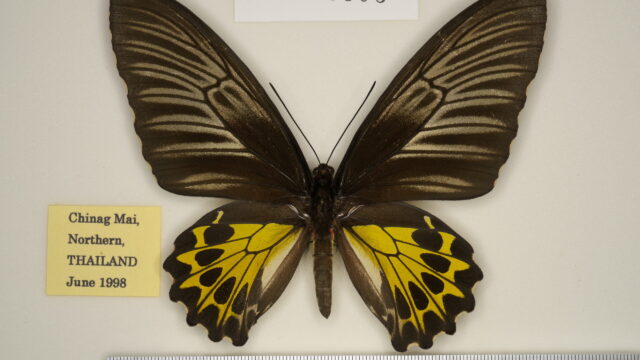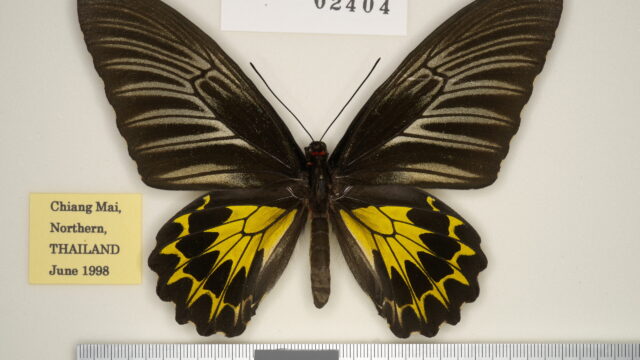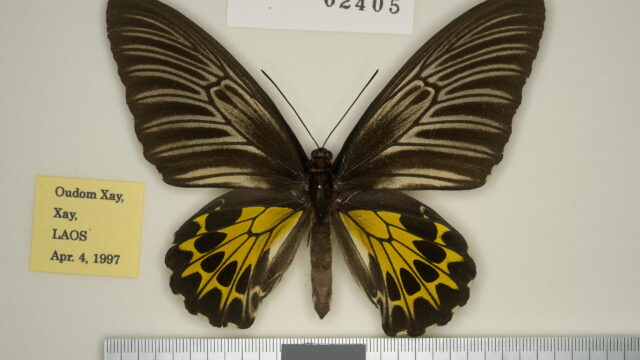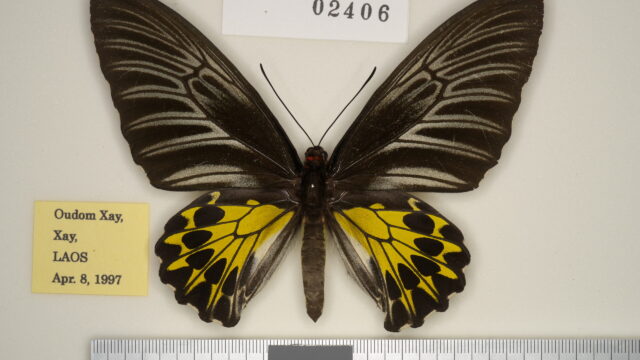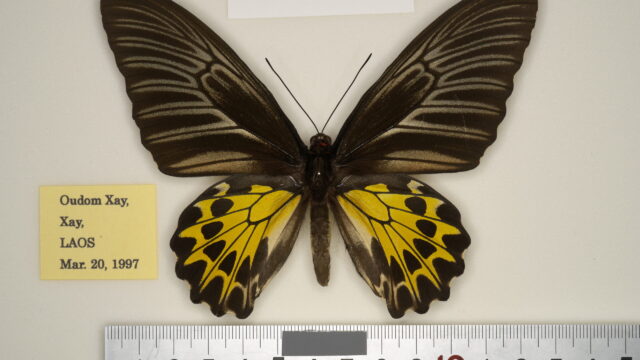- Ssp. cerberus (Felder, 1865)8) [♂, ♀] (♂: 2 forms, ♀: 2 forms)
(Distribution) [Map 115]
NEPAL (700-3,000m): Pokhara, Kathmandu, Arun River basin, Ilam; BHUTAN (700-1,000m); N. INDIA [Sikkim (1,000m)] Teesta, [Arunachal Pradesh] south area, [Meghalaya] Shillong, Dawki, [Nagaland], [Manipur], [Assam] Cachar, [West Bengal] Darjeeling, [Orissa]; BANGLADESH: Sylhet; MYANMAR (=Burma) [Chin] N. Chin Hill, Mt. Victoria, [Rakhine (=Arakan)] Rakhine Yoma, [Ayeyarwaddy (=Irrawaddy)] Tayet, [Sagaing] Mu Canal, [Kachin] Putao, [Mandalay] Anisakan Fall, [Tanintharyi (=Tenasserim)] Beik (=Mergui) Arch., Tanintharyi (=Tenasserim); THAILAND ([Northern] Chiang Dao, Chiang Mai, Doi Inthanon, Mae Mo, [Central] Mae Sot, Doi Mussoe, Tak, Thung Salaeng Luang Nat. Park, Phu Khieo, Thung Yai, Nakhon Nayok, Khao Khieo, Chanthaburi, Khao Sa Bap, [Paninsular] Ranong, Thung Na Ka, Phuket Is., Trang, Thale Ban, Satun, Tarutao Is., Pattani, Than To Waterfalls; LAOS [Phongsali] Phongsali, Muang Khoua, [Louang Namtha] Louang Namtha, [Houayxay] Ban Houaysay, [Xay] Oudom Xay, [Louang Phrabang] Louang Phrabang, [Xaigna] Muang Xaignabouri, [Vientiane] Muang Vangviang, [Xiangkhoang] Nam Moh, [Borikhan] Lak Sao; CAMBODIA; VIETNAM: Bien Hoa; WEST MALAYSIA ([Kedah] Langkawi Is., Kuala Kedah, [Pinang (=Penang)] Pinang Is., [Perak] Taiping, Gopeng, [Kelantan] Kota Bharu, [Pahang] Cameron HL., Kuantan, Tioman Is.,[Selangor] Kuala Kubu Bahru, Ampang, [Melaka], [Johor]; SINGAPORE.
(Episodes of discovery and original description)
Gray (1853), who described it as Papilio pompeus, was probably the first to report it. Later, Felder (1864) described it as an independent species, cerberus, based on the ♂ and ♀ of Darjeeling and Silhet, but Rothschild (1895) demoted it to a subspecies, which it remains to this day. The name “cerberus” is a reference to Cerberus (Cerberos), the three-headed dog with a snake tail (Greek mythology).
(Characteristics)
It is the most widely distributed continental subspecies, occurring from 1,000 m elevation to the plains and has a large population.
(Spotted pattern)
♂: Two forms are distinguished by the presence or absence of vein-stripes on FW.
- Dark form (♂-f. eumagos (Jordan, 1908)18)): Vein-stripes of FW are absent, and the subcostal golden patch on HW is reduced.
- Light form (♂-f. cerberus (Felder, 1865)8)): Vein-stripes of FW are present, and the subcostal golden patch on HW is enlarged. Very rare.
♀: Dimorphic. The dark discal spots of HW are isolated.
- Dark form (♀-f. cerberus (Felder, 1865)8)) (=azelia (Jordan, 1908)18)): Vein-stripes on FW obscure or absent.
- Light form (♀-f. gypsothelia (Jordan, 1908)18)): Vein-stripes present.
(Variation)
♂-f. seriepuncta Rumbucher & Schäffler, 200532): [Aberrant HW pattern] Five black discal spots, one in each discal space, present in a row.
♂-f. punctata Rumbucher & Schäffler, 200532): [Aberrant HW pattern] Hind wing with one to four black discal spots next to the black anal marking. (➡hephaestus)
♀-f. chongkiakwangi Tung, 198233): [Aberrant HW pattern] Complete absence of black discal spots.
